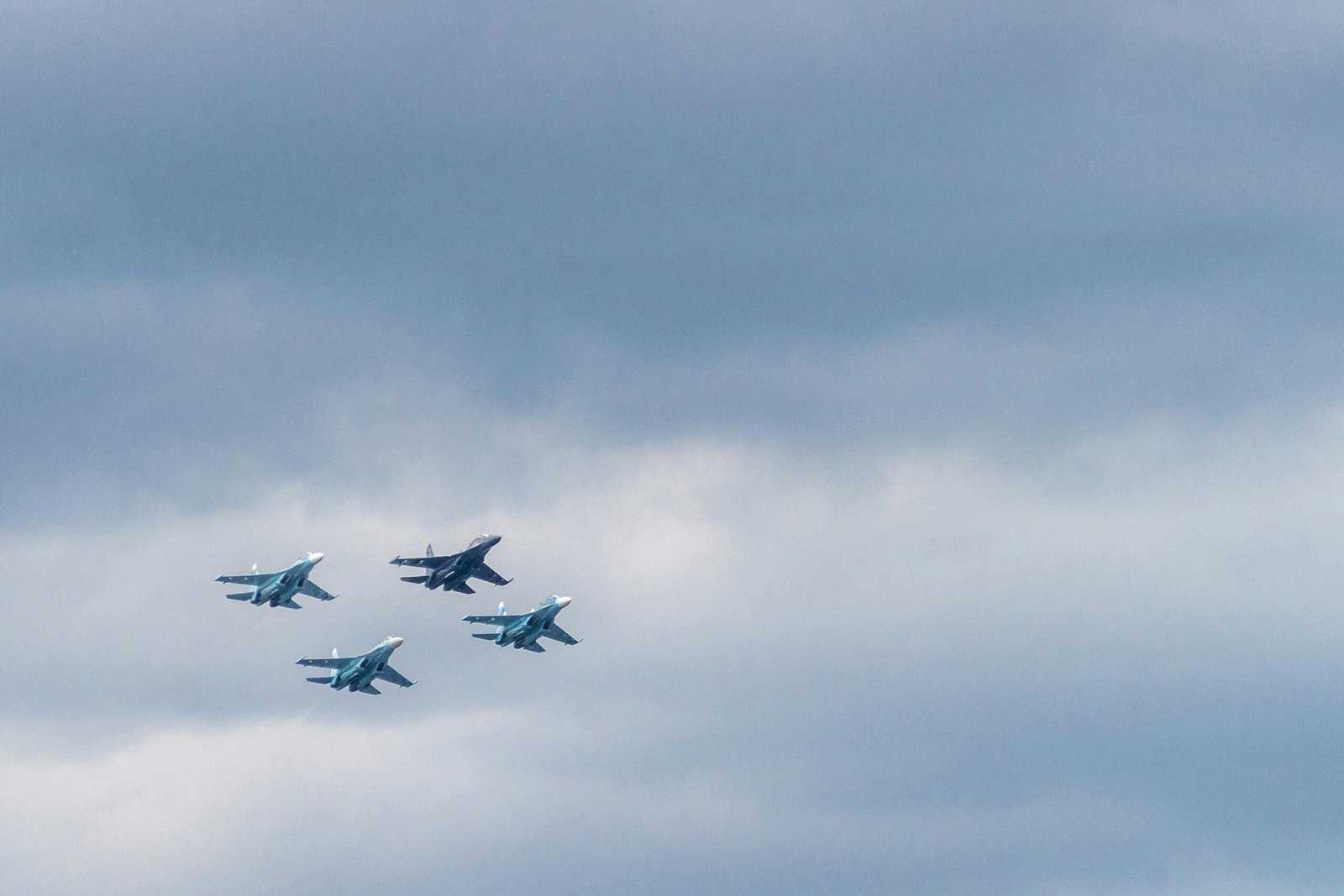Comparing the Strength of Israel Air Force and Pakistan Air Force
Introduction
When it comes to evaluating military prowess, the air forces of various nations often come under scrutiny. In this blog post, we will compare two prominent air forces: the Israel Air Force (IAF) and the Pakistan Air Force (PAF). Both hold significant strategic importance and have unique strengths.
Operational Capabilities
The Israel Air Force is renowned for its advanced technology and well-trained personnel. With a fleet consisting of modernized fighter jets, reconnaissance aircraft, and unmanned aerial vehicles (UAVs), the IAF is recognized as one of the most formidable air forces globally. The use of cutting-edge avionics and weaponry, along with extensive training, provides Israel with a distinct tactical advantage.
In comparison, the Pakistan Air Force has also demonstrated robust capabilities. The PAF has been active in various operations within its region and has gradually modernized its fleet. With the inclusion of fighter jets like the JF-17 Thunder and acquiring advanced aircraft from allies, Pakistan ensures it maintains operational readiness.
Strategic Roles and Objectives
Israel’s Air Force primarily focuses on safeguarding its airspace and ensuring a rapid response capability. The country’s geopolitical situation necessitates a high level of vigilance and readiness. As a result, the IAF frequently engages in intelligence-gathering missions and targeted military operations.
Meanwhile, the Pakistan Air Force operates with the objective of maintaining territorial integrity and providing defensive and offensive air support. Given Pakistan’s geographical and political landscape, the PAF plays a crucial role in national defense strategy and counter-terrorism operations.
Technological Advancements
Technological innovation remains a cornerstone of both the Israel Air Force and the Pakistan Air Force. The IAF benefits from close collaboration with domestic defense industries that produce state-of-the-art systems. Examples include the Iron Dome missile defense system and advanced radar technologies.
On the other hand, Pakistan has established cooperative ventures to bolster its technological capabilities, including partnerships with China. The development and production of the JF-17 Thunder jointly with China exemplifies this collaboration. Continuous upgrades and the incorporation of new technologies into its fleet ensure that the PAF remains competitive.
Conclusion
While both the Israel Air Force and the Pakistan Air Force possess distinct strengths, their operational priorities and strategic focus differ based on their unique geopolitical circumstances. The IAF’s technological edge aligns with its need for constant vigilance, whereas the PAF’s modernization efforts cater to its regional security dynamics. By understanding these nuances, one can appreciate the formidable nature of both air forces.
Share this content:





Post Comment